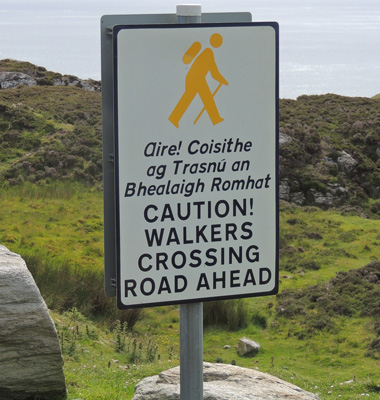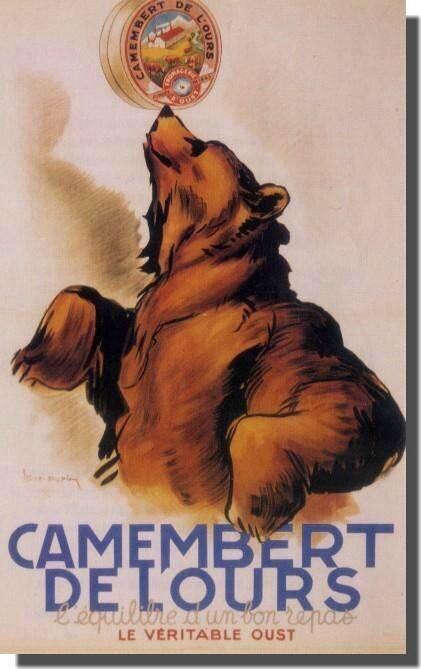
Archives mensuelles : octobre 2016
Old snowshoe

Photo: Roman Clara/Bolzano regional government
World oldest, dating late Neolithic age, between 3,800 and 3,700 BC (5,800 years ago). Discovered by chance in 2003 at an altitude of 3,134 metres (10,280ft) on the Gurgler Eisjoch glacier… by an eminent dotore of Italy’s Istituto Geografico Militare. Just 500 years older than « Ötzi« , whose body was found not far away, according to « officials at a Bolzano (ITA) conference, « it belongs to Otzi’s grandad« …
- Let’s be technical here a few seconds here:
- Ötzi was found on 19 September 1991 « at 3210 m above sea level near Tisenjoch/Giogo di Tisa in the Schnalstal/Val Senales Valley » (according to South Tyrol Museum of Archaeology in Bolzano), on the Hauslabjoch (according to Wikipedia), « between Fineilspitze and Similaun in the Ötztal Alps » (Wikipedia). There is a memorial (detail) is located nearby (well, this is crowbased data, so YMMV: someone pointed out that the geodata for the detail picture is falsh). OSM data (sic) shows the « exact location » (exakte Ötzi-Fundstelle) where the body was discovered at 46.7793692/10.8404561. This is consitent with the other geographical reference used when relating to the area of the discovery : Finailspitze (sometimes spelled Fineilspitze, in Italian: Punte de Finaile), 3514m, is the nearest summit to the West and (Kleiner) Similaun, 3363m, the nearest to the East. A mountain lodge called Rifugio Similaun (German: Similaunhütte) is located between the monument and Similaun, and Hauslabjoch is symmetrically located between the monument and Fineilspitze.
- The snowshoe was found « near a pass on Gurgler Eisjoch glacier » – not sure where the glacier is, but OSM geodata for the Gurgler Eisjoch pass has 46.7687911/11.0048965 for coordinates, with an altitude of 3134m
Both locations are not far from the Ötztaler Hauptkamm, a very high mountain range, one of the few things in the area which are in the same place since 3,800 BC and currently marking the border between the present states of Italy and Österreich (« Eastern Empire », Austria). Using Andrew Hedges‘ JavaScript page based on the Haversine Formula (details and other calculator here), we compute the distance to be 12.58 km (Ötzi being West, and snowshoe East). So, yes, not very far. I would say 2 days away (walking). A few minutes in helicopter, weather (an pilot nerves) permitting, of course.
News on Bolzano’s « Iceman » museum website. The initial source (other than Bolzano’s museum piece, but as the pres conference was suposedly in bolzano, I believe they knew all about it, no?) is an article in The Telegraph (September 12, 2016): World’s oldest snowshoe found on a glacier in Italy’s Dolomites. But I like this one better: Shoe that lay in prof’s office is nearly 6,000 years old.
Question, why is The Telegram the unique single source? After all it is the newspaper who published « Oetzi the Iceman may have been ceremonially buried » (signed by Nick Squires, 26 Aug 2010). Much more interesting than:
The copper used to make Ötzi’s axe blade did not come from the Alpine region as had previously been supposed, but from ore mined in southern Tuscany. Ötzi was probably not involved in working the metal himself, as the high levels of arsenic and copper found in his hair had, until now, led us to assume. His murder over 5,000 years ago seems to have been brought about due to a personal conflict a few days before his demise, and the man from the ice, despite his normal weight and active life-style, suffered from extensive vascular calcification.
From South Tyrol Museum of Archaeology in Bolzano: Ötzi – a treacherous murder – with links to Central Italy
Half
[On] February 27th, 2010, (…) in Constitución, Chile (…) a magnitude of 8.8 (…) quake and the tsunami it produced completely crushed the town. By the time it was over, more than 500 people were dead, and about 80% of the Constitución’s buildings were ruined.
As part of the relief effort, an architecture firm called Elemental was hired to create a master plan for the city, which included new housing for people displaced in the disaster. But the structures that Elemental delivered were a radical and controversial approach toward housing.
They gave people half of a house. (…)
The approach has its roots in a building methodology made popular by the 1972 essay, “Housing is a Verb,” by architect John F.C. Turner. Turner made the case that housing ought not be a static unit that is packaged and handed over to people. Rather, housing should be conceived of as an ongoing project wherein residents are co-creators.
From: Half a House – 99% Invisible
As pointed out by Jason Kottke, « they’ve built How Buildings Learn into the process of home ownership ». More posts related to HBL.
Tempête
La tempête (1810?) – Auteur anonyme
Je m’en vais de par la ville,
Pour y faire mes adieux ;
Mes adieux à toutes les filles
Qui ont pour moi les larmes aux yeux,
Ainsi qu’à ma bonne amie
Qui pleure pour son amoureux.Nous sommes cinq frères sous les armes,
Tous les cinq bien distingués :
Brise Barrière et Tranche Montagne,
Traverse Murs et Sans Quartier !
Et moi qui me nomme La Tempête,
Je suis partout renommé.Mon grand-père était gendarme,
Mon père était lieutenant.
J’ai deux frères dans l’avant-garde,
Les deux autres sont au Piémont ;
Et moi qui me nomme La Tempête,
Je suis chasseur de renom.Nous aurons pour récompense
Quelque boulet de canon
Qui nous brisera les membres
Et nous mettra sans façon
Par derrière nos tranchées :
Nous servirons de gazon.Nous aurons pour récompense
Quelque boulet de canon
Qui nous brisera la tête :
Morts de mauvaise façon !
Une de ces chansons qui se retrouve aussi bien dans les milieux anarchistes ou anti-militariste que sur les CD de promos de saint Cyr!
Free noise
Ours des Pyrénééées

Rotate EXIF
- Exif Orientation Page
- EXIF orientation handling is a ghetto – Dave Perrett (page dates from 2012, so some of the web apps which didn’t handle well EXIF data may have improved. But you get the picture)
- KeyJ: Why Your Photos Don’t Always Appear Correctly Rotated
- The most evil feature ever conceived: the Exif Orientation Tag (also 2012)
- HowtoGeek Chris Hoffman Why Your Photos Don’t Always Appear Correctly Rotated

(Drawing by Calvin Hass, published on his page: JPEG Rotation and EXIF Orientation)
Solution: exiftran.
To autorotate all jpeg files in the current directory:
exiftran -ai *.jpeg
Leaflet
Bounder
So was W.M.W. Fowler.

